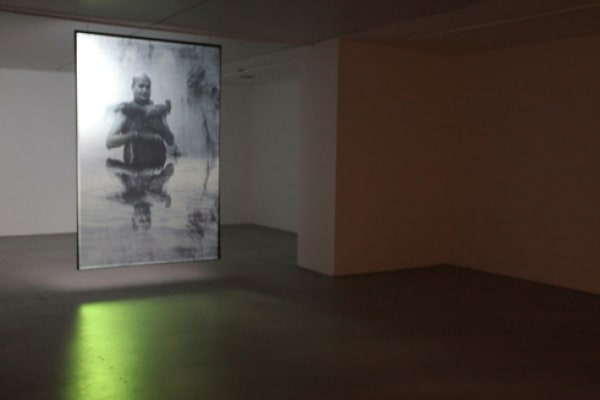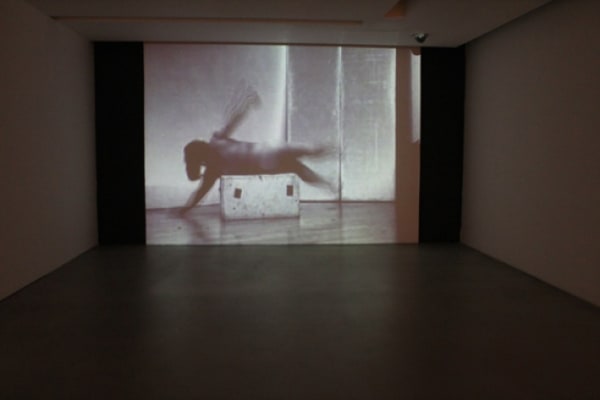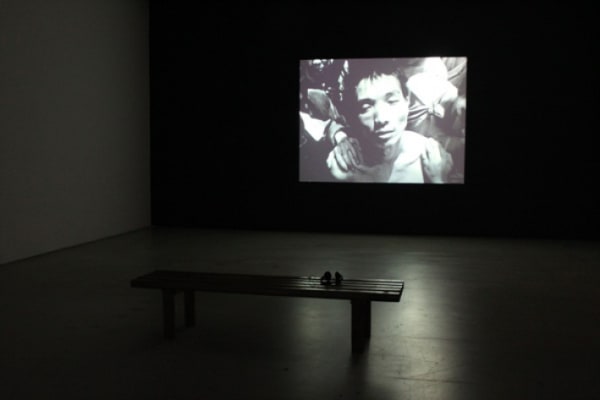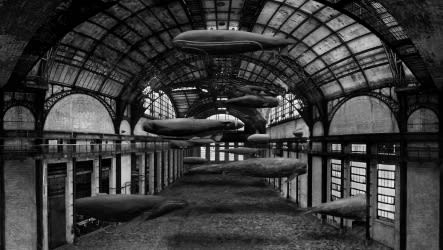Weight of Floating Time
Titled | Weight of Floating Time 부유하는 시간의 무게
Period | 29 June –15 August, 2010
Venue | Arario Gallery Cheonan
Works | paintings, drawings and videos
Participatings Artist | Chen Chieh-jen/ Shilpa Gupta/ Ranbir Kaleka/ Sonia Khurana/ Nalini Malani/ Wang Jianwei/ Ye Linghan
Media art works by Chinese, Taiwanese and Indian artists will be held at Arario Gallery in Cheonan, from June 29th to August 15th, 2010. Consisting of 30 works of single-channel videos, photographs and drawings, this exhibition will host the works of 7 artists Chen Chieh-jen, Shilpa Gupta, Ranbir Kaleka, Sonia Khurana, Nalini Malani, Wang Jianwei and Ye Linghan.
Media art works by Chinese, Taiwanese and Indian artists will be held at Arario Gallery in Cheonan, from June 29th to August 15th, 2010. Consisting of 30 works of single-channel videos, photographs and drawings, this exhibition will host the works of 7 artists Chen Chieh-jen, Shilpa Gupta, Ranbir Kaleka, Sonia Khurana, Nalini Malani, Wang Jianwei and Ye Linghan.
Shifting the focus of contemporary art from the West, the media works by Chinese, Taiwanese and Indian artists have been consistently introduced to the art world for the last few years. The exhibition illustrates the mature artistic dimensions of the artists, pivoting on pioneers of Chinese and Indian media art, particularly Chen Chieh-jen and Nalini Malan. Furthermore, through looking at fast-growing artists such as Ye Linghan and Shilpa Gupta, the exhibition will yield a moment of contemplation on the current position as well as the future potential of Chinese, Taiwanese and Indian media art.
Sectioning geographically and listing artistic trends of each region may not be the best ways to discuss art of this multi-cultural, global age. Such heated focus on art of non-western regions may be seen to imply the greed of West-centered contemporary art market to discover and pioneer a new market, or perhaps suggest a type of Orientalism, like Chinoiserie or Japonism of the past. In order for this interest in art of non-western areas to be non-voyeuristic and not intending to ‘otherize’, it must acknowledge the fact that the long-standing civilization or history on which non-western art is based doesn’t simply reside in the past, but continuously interact with contemporary society, and that non-western art has already acquires the universality that is based on the context of contemporary art.
In that realm, diverse works by the artists in this exhibition not only shows that the contemporary art of China, Taiwan and India is continuously connected to their society, culture and history, but also that they are already actively evolving in progress in the contemporary context. The artists’ diverse experimentations through media art shows the fact that to these artists, the media is beyond just the agency through which one experiences the contemporary age. The works in the exhibition include a large-scale video installations on walls, floor and ceiling (Nalini Malani), a fusion of performance and media art (Sonia Khurana), a work of documentary approach to social and historical aspects of media art (Chen Chieh-jen), a realization of site-specific experience that combines drawing and media art (Shilpa Gupta), surrealistic animation video (Ye Linghan), reference to film (Wang Jianwei), and experimentation with the boundaries between painting and video (Ranbir Kaleka). Furthermore, the abundance of lyricism inherent in their works suggests how fluently the artists use media art as a way of telling their own stories, and as a method of restructuring distorted reality and history.
The temporal-spatial concept introduced by the exhibition under the theme Weight of Floating Time traverses across the past, present, future, illusion, history, cultural space, regions and worlds. The floating time and space gain weight, dissolve, and are restructured through diverse ways by the gaze of each media artist. The idea of the linear successive time is scattered into non-linear, non-fixed time, and the contradictions of distorted history and the Grand Narrative are re-tailored and reconstructed. The scars and weight of past and reality are healed through the beaming light, and the contradictions in the ideas of community and reality appear on-and off the stage of metaphor. This may be the reason why a weight of critical gaze is felt more strongly than the splendors of modern technology in the works. In this time-space newly created through deconstruction, openness and reconstruction, the hope is for the audience to add on their own personal narratives and create a new kind of time and space.



















